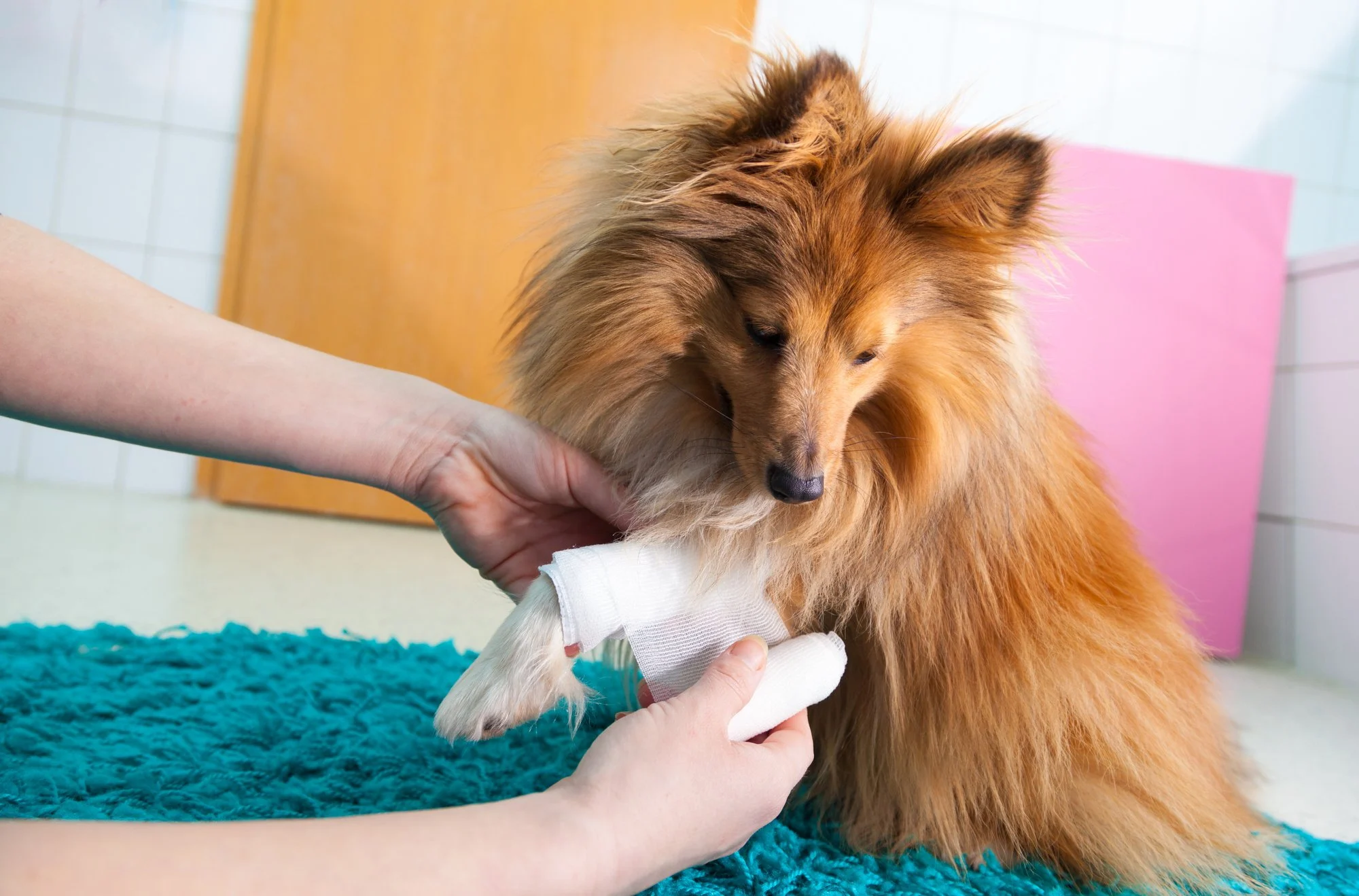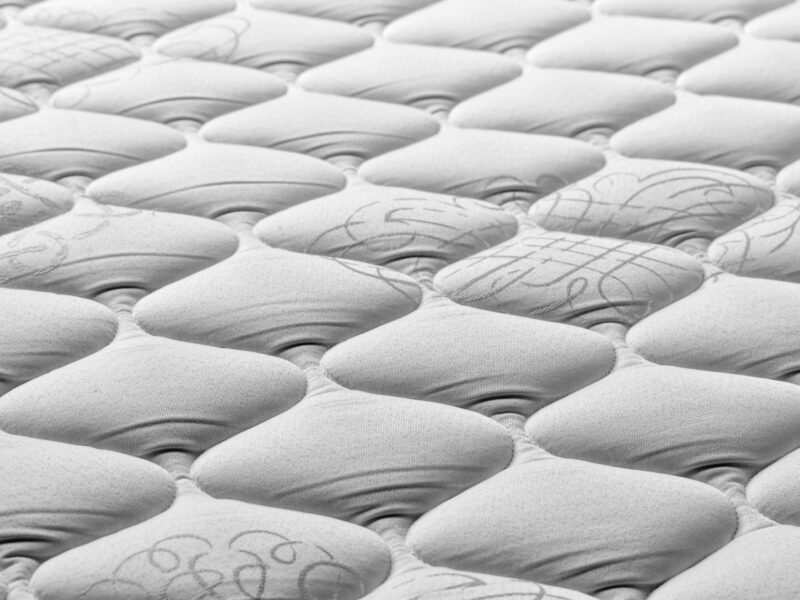Is caring for dog wounds too deep for you? Perhaps you’re new to pet ownership or concerned about your pup.
Dog injuries are bound to happen for most dogs, such as from fights or removing a splinter. Knowing how to handle the situation means controlling the bleeding, cleaning the wound, and not stressing the dog too much.
Below is a guide on how to care for a dog wound so you can be aware anytime. Read on to learn how to handle an injured dog by watching for their recovery process.
Assess the Severity
Assessing the severity of a dog wound is critical for giving the best care for your canine. A topical antibacterial ointment can suffice if the damage is minor and not bleeding.
Yet, if the cut is deep and has exposed the skin, you should seek immediate medical attention. Remember that you should never give oral medications to your dog without consulting a vet.
Safety First
Wear gloves and a face mask to prevent bacteria from entering your skin, mouth, and nose. When preparing a bandage, make sure it is soft and sterile.
Do not use any bandages with adhesive, as this can cause further irritation. After bandaging the wound, apply wound disinfectant and look for any signs of infection, such as discharge, discoloration, swelling, and excessive warmth or dryness around the damage.
For more safety guidelines and how to treat a dog wound, you may check and learn more here.
Clean Your Hands
Before you begin a wound cleaning, it needs to remember always to wash your hands. You should use mild soap and water and scrub your hands for at least 30 seconds.
Rinse your hands and make sure that they are spotless. You can also use hand sanitizer if you cannot access a sink. Once your hands are clean, use clean, sterile gauze to start cleaning the wound.
Use warm water to clean the wound and remove dirt or debris. Afterward, you can use a saline solution or dilute hydrogen peroxide to cleanse the injury further.
Control Bleeding
Apply direct pressure to the area with a clean cloth, gauze pad, or other sterile material. Ensure you secure the material and continue pressing constant pressure to the wound for at least 5-10 minutes.
Elevate the limb above the heart if the injury is on the canine’s limb. If the bleeding persists, continue the application of pressure, making slight adjustments. If the bleeding is excessive, the dog may need professional medical attention to help stop blood flow.
Apply Dressing
Pat the wound dry and debride any damaged tissue, if needed. Apply tepid water and a neutral soap, then rinse. After cleaning the wound, apply a non-adherent dressing such as a pad.
Secure the dressing pad with a cohesive wrap such as self-adherent gauze. Ensure the dressing stays in place, but avoid restricting circulation and apply a new bandage every 24 to 48 hours or as often as required.
Tips on How to Care for a Dog Wound
Proper care and monitoring of a dog’s wound is essential for full recovery. It is best to consult your veterinarian if you notice any changes in your pet’s wound.
When in doubt, don’t hesitate to call and seek professional help. For more information, visit your local veterinary clinic or check out online resources for a guide on how to care for a dog wound.
Found this article helpful? Please browse through our other blog posts for more tips.




